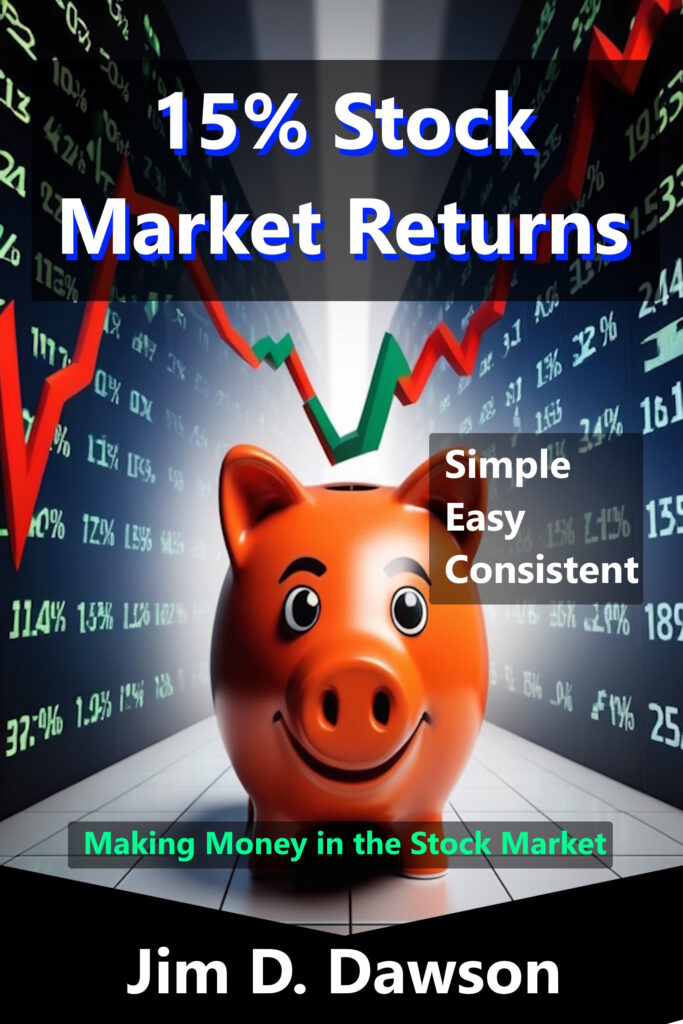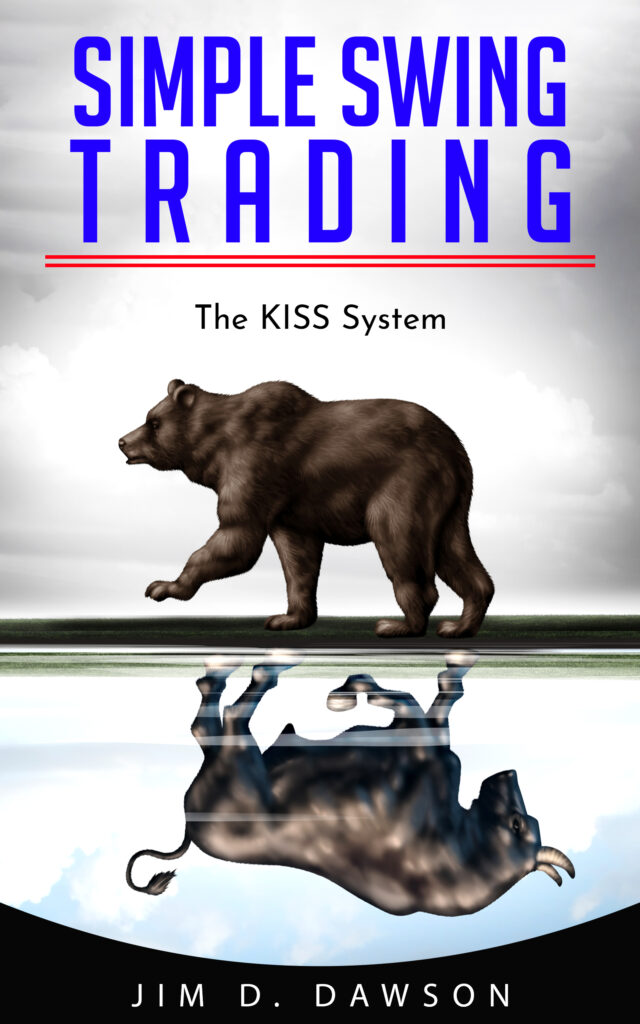Calendar’s can be a good way to trade a range bound security.
I have a number of formulas I use to determine if a particular trade shows promise as a calendar. Most of them can be broken down into this simple statement. You want to sell more time than you are buying. What does this mean?
When evaluating a calendar you need a short position that expires a number of weeks or months before your long position. I usually trade the next weeks expiring short and purchase a long 3 to 6 weeks after that. When I say you want to sell more time than you buy it means that you want the daily time value of the option you sell to be greater than the one you purchase.
Example: If next weeks option is trading for $1.00 and it expires in 7 days then the daily time value decay is $1.00/7 or $.14 per day. If the long option you purchase expires in 28 days and is trading for $2.00 then the time decay value of that option is $2.00/28 or $.07 per day. From a time decay stand point this option has potential as a calendar.
There is no ‘correct’ number of time decay difference I have found ‘magical’ I usually do not trade them unless the short is decaying 1.5 times as fast as the long and prefer if it is decaying over 3 times as fast.
The other thing you need is a range bound stock or one you are reasonably sure is not going to jump either up or down very much on you. I try to stay away from overly volatile stocks and never trade calendars around earnings or other news releases. Also watch out for major market news such as interest rate changes.


